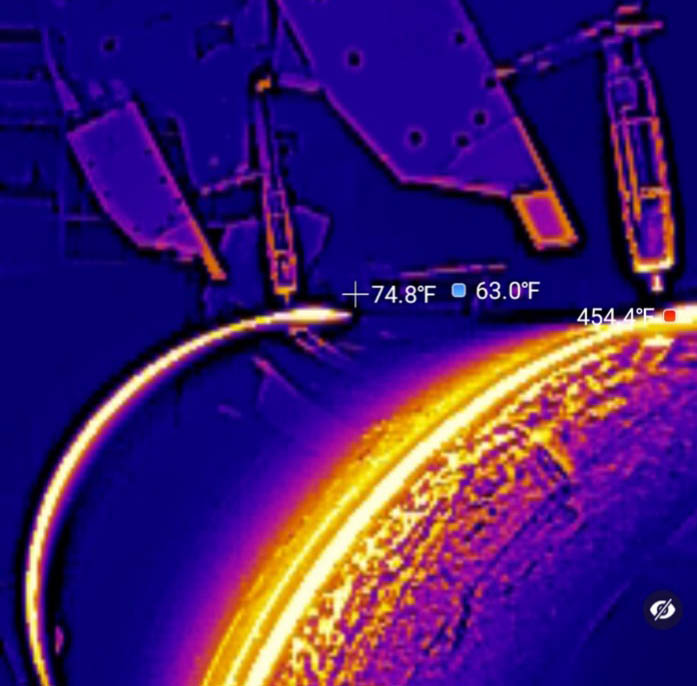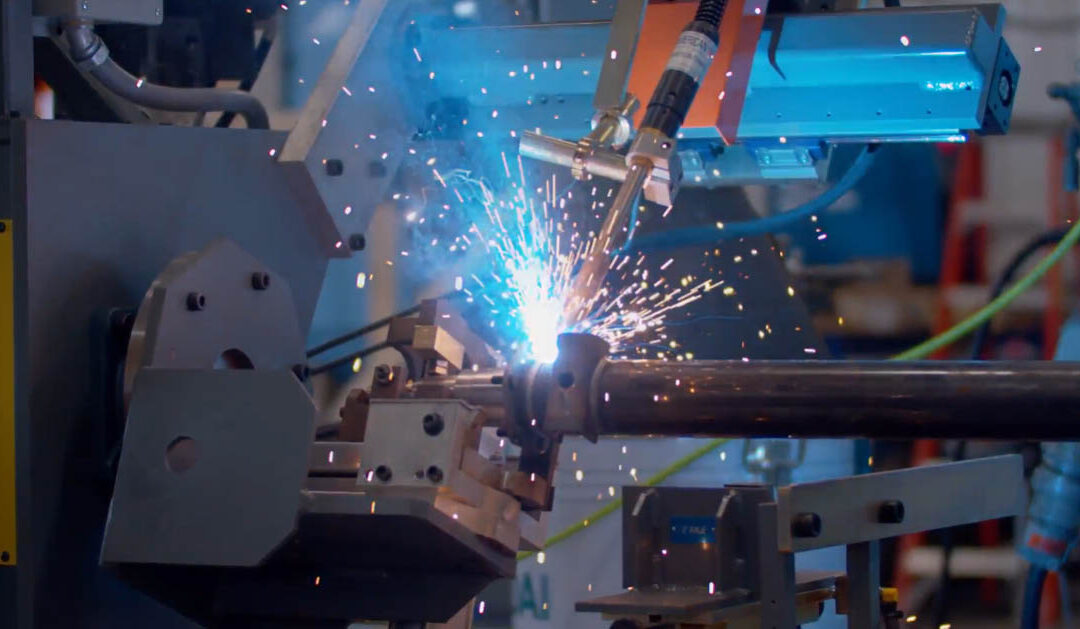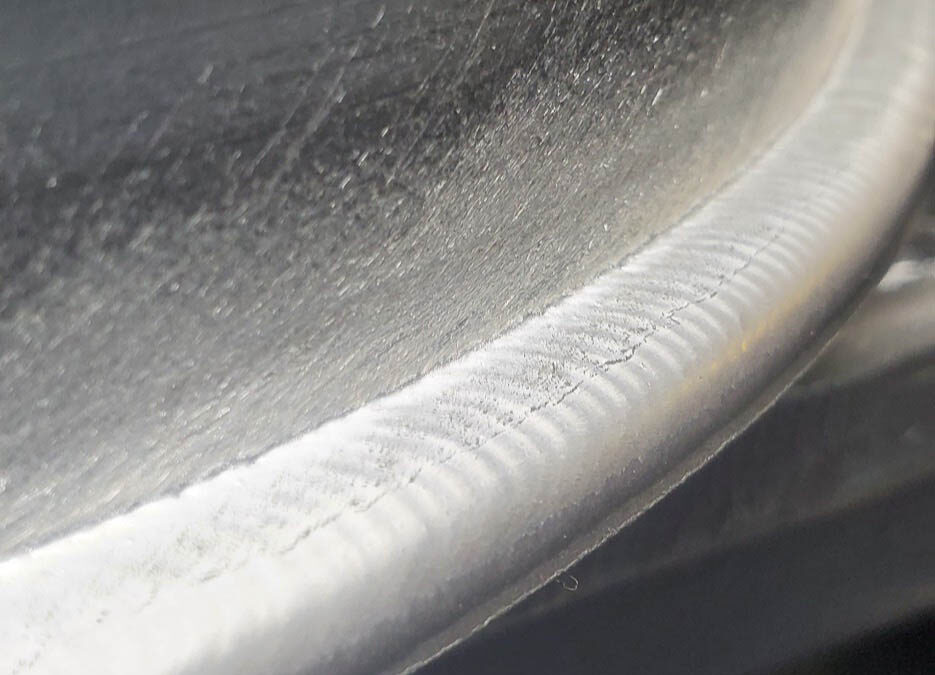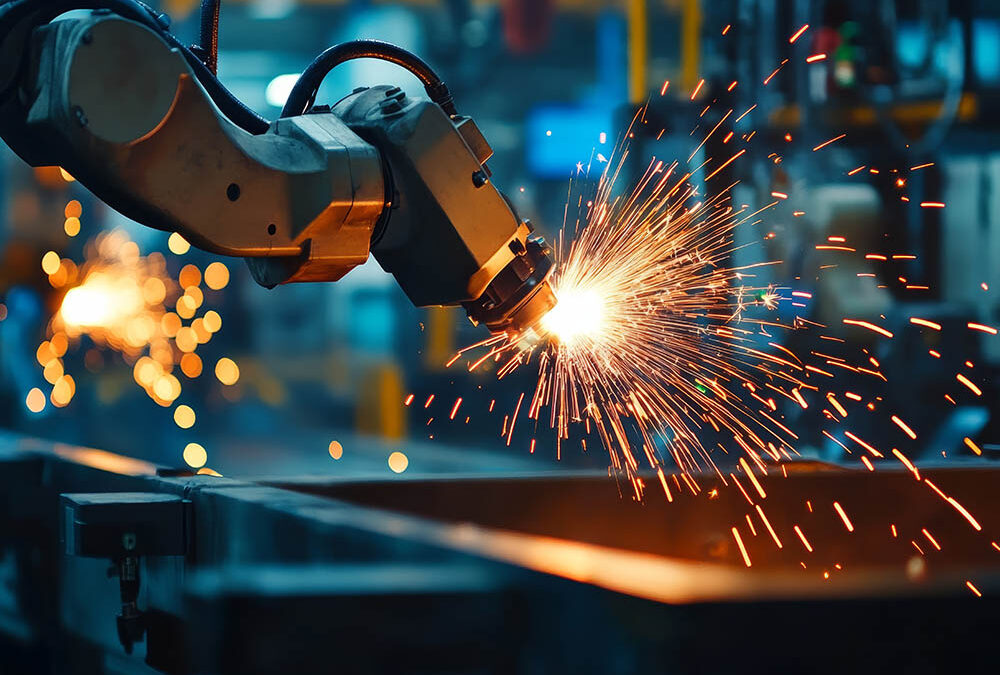Why Choose Water-Cooled Torches?
- Heat Management: Ideal for high-amperage welding and high duty-cycle welding, water-cooled systems prevent overheating and extend consumable life.
- Precision and Consistency: Stable temperatures help maintain weld quality, particularly in automated processes where consistency is critical.
- Longevity: Reduced heat stress on components results in less downtime and fewer replacements.
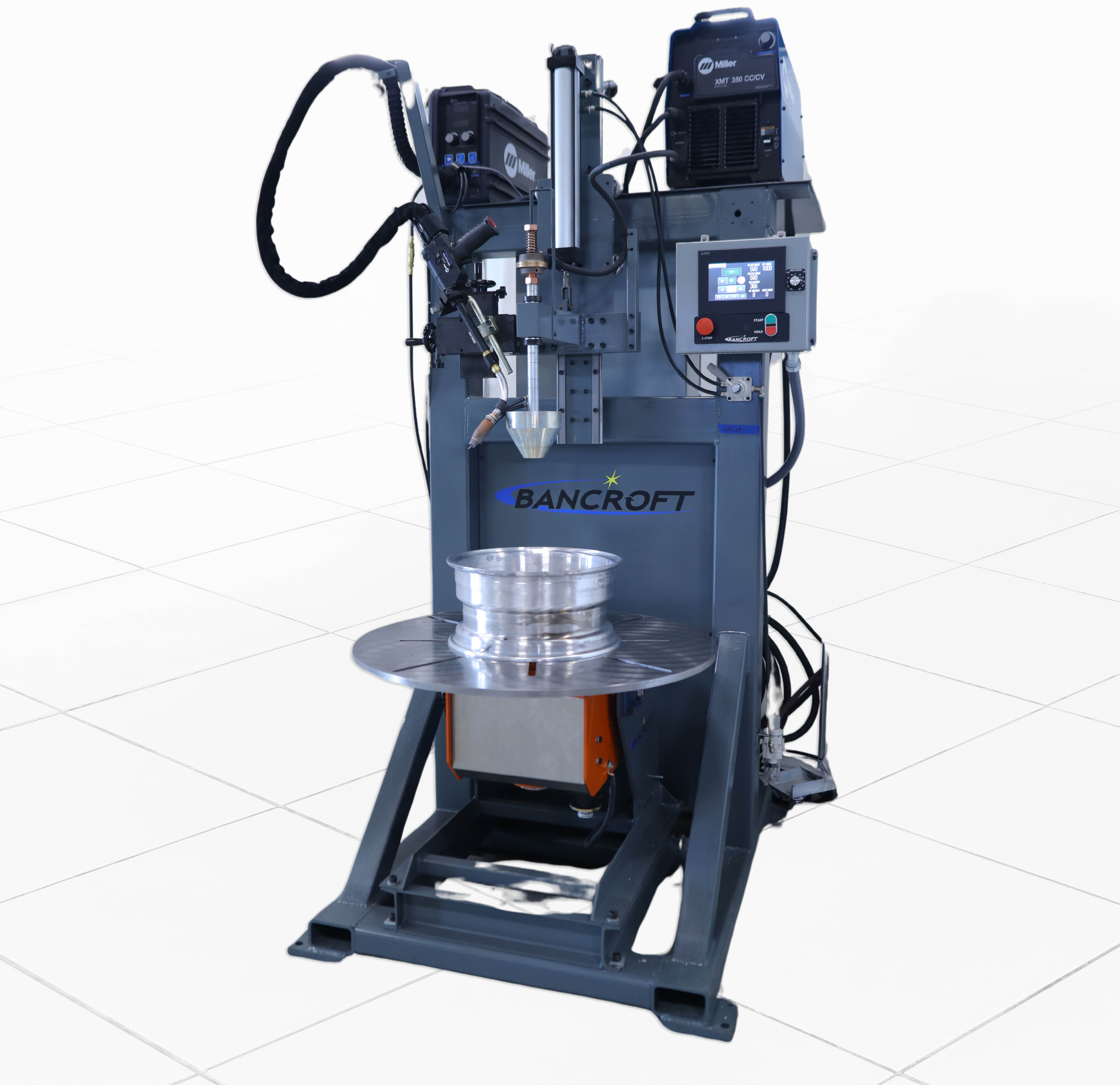
Tools and Systems to be Aware of
- Coolers: Pump with a radiator to supply torch with cooled water.
- Chillers: Pump with a refrigerant for increased cooling.
- Water cooled torch: Torch body with cooling passages.
- Water cooled nozzle: A circuit specifically routed to the nozzle to increase nozzle life.
- Water cooled whip: A circuit specifically routed through the torch whip for extreme amperage applications
Any or all of these systems can be utilized for increased cooling for your demanding application.
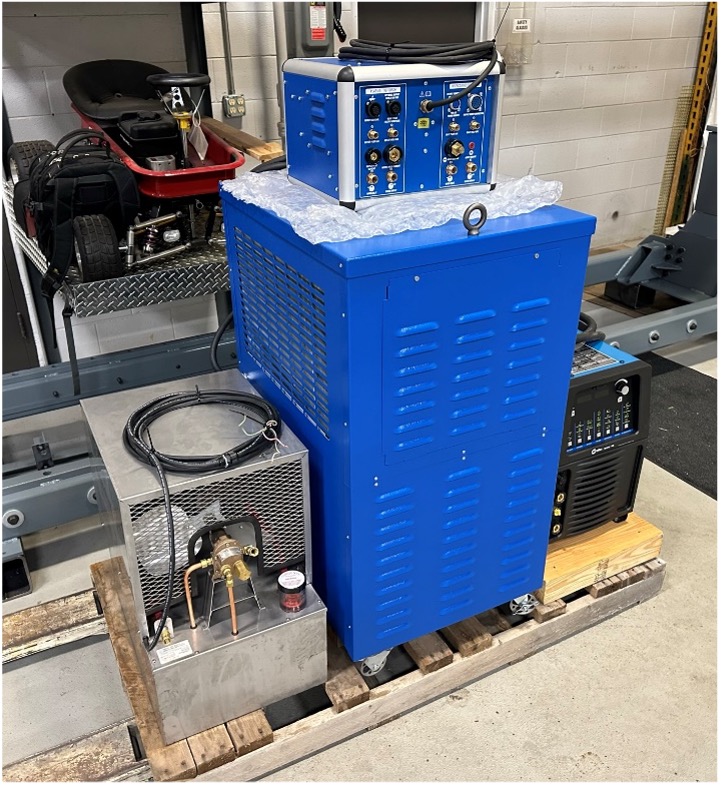
Making the Right Choice for Your Welding Process
Signs you may need to look into water cooling:
- Short consumable life
- Inconsistent weld throughout the day
- Overheating of components
When Water-Cooled Torches May Not Be Necessary
Consider skipping water-cooled systems if:
- Your process involves light materials or thin gauges.
- Welding is intermittent rather than continuous.
- Lower amperage settings (under 250 amps) meet your needs.
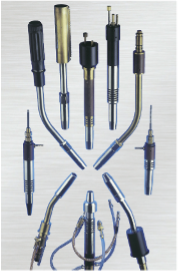
Partner with Bancroft Engineering for Welding Solutions
At Bancroft, we specialize in optimizing automated welding systems, including advanced torch solutions. Whether you need water-cooled or air-cooled systems, our team can guide you toward the best choice for your application. Ready to streamline your operations? Let us help you achieve precision and efficiency in every weld.
